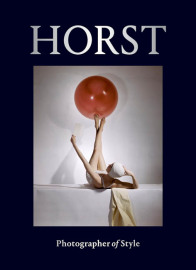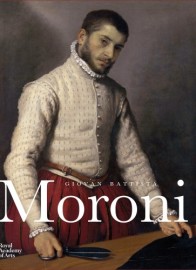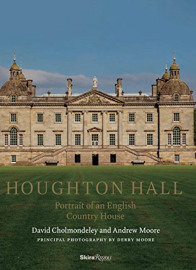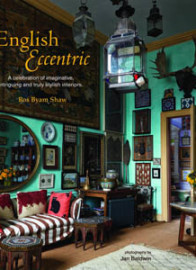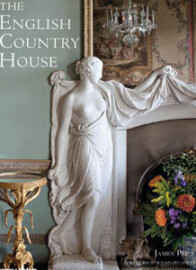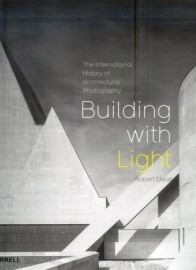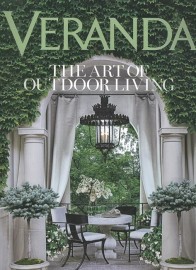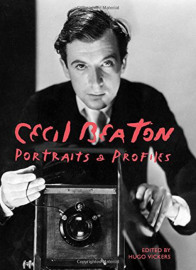Changing Perceptions on the ‘Late Period’ in Artists’ Work
In recent years there’s definitely been an increasing interest in the late periods of artists’ work, that were sometimes previously neglected and thought to be controversial. Just this year in London for example we have exhibitions on late Matisse, late Rembrandt and late Turner. These modern reevaluations are probably as much about the artworks themselves as they are about our changing attitudes to the old and also to ageing. The shift of these attitudes is inevitably linked to the fact that we are living longer and older people are increasingly in a majority. For example in the UK today over 85s are the fastest growing part of the population and over 65s now outnumber those under 16. The ageing trajectory is definitely upwards as current life expectancy is increasing by two or more years each decade. If society is getting older then it doesn’t make sense to keep focussing on the young.
As we grapple with the business of how an increasingly top heavy society is going to work in a capitalist context, it is fascinating to put a spotlight on the particular qualities of late creative outputs and what drives them. As a rule – even in the world of today – we usually associate creativity with youth and old age is by contrast associated with decline and the degeneration of both physical and mental processes. These exhibitions that are highlighting the later periods of work clearly debunk this stereotype. The older artist may have been hampered by illness and a lack of energy, but the work by contrast is often no less dynamic and sometimes startlingly innovative.
Monet, ailing and hampered by near blindness, may have complained that “I’m getting so slow at my work it makes me despair, but… I’m increasingly obsessed by the need to render what I experience, and I’m praying that I’ll have a few more good years left to me…”, nevertheless with his Nymphéas he was producing freer, more experimental canvases with broad brushwork and unusual colour than ever before. His later works are without a doubt more modern and his vision broader. Matisse’s last years were also blighted by ill health following an intestinal operation, but far from slowing down he reinvented his art by creating a totally new genre no less, with his hugely avant-garde Cut-Outs that brim with youthful exuberance.
Rembrandt’s last years were characterised by a catalogue of extraordinary domestic disasters: numerous family deaths, bankruptcy and legal battles. It is his output during this very period however that defines Rembrandt as the Great Master of the Golden Age, a dazzling period of experimentation and depth in both technique and subject matter.
The Tate Britain exhibition for the first time examines the innovative, energetic and prolific late period of Turner’s life (1835-1851). This is Turner from the age of 60 until his mid 70s when he has become increasingly reclusive and plagued by ill health, but when he produced a body of work that was signally dissimilar to those of any of his contemporaries, particularly with his use of brushwork and a somewhat ethereal or ‘formless’ style – in the words of his many disparaging contemporary critics. This late period however sees the waning of Turner’s star as many of his contemporaries dismiss him, some commissions are cancelled, and even Ruskin who had once championed Turner as “the greatest of the age”, couldn’t understand or accept his increasing departure from convention and abandoned him as lost by the end.
It was – in early Victorian Britain – perhaps easy to dismiss work that was so different and so difficult to read as the product of waning faculties or even senility for a man over 60. Tellingly from the 1840s the various guilds defined old age as the period when one became unfit to perform one’s professional activities: For glass workers this age was considered to be 40, whilst for carpenters it was 50 and 55 for engineers. If an artist of the relatively advanced age of 60+ was going off the rails – in the view of the art establishment – then it was high time he dried his paint brushes.
Not all artists develop a ‘late style’ however, and some flower early then run out of steam. Others like Malevich were hampered later in his career by the heavy hand of dictatorship that declared his art elitist and out of keeping with the new national style of Socialist Realism, aka state propaganda. His later years (bearing in mind he was only 56 when he died) see a return of painting, the death of which he had prematurely proclaimed with his famous Black Square. These late works are anti climatic protests signalling the death of hopes and dreams and therefore more than a little depressing. We can only guess to what heights Malevich may have soared but for the external constraints. But as noted by Kenneth Clark the art historian, public servant and broadcaster in his famous essay, “The artist grows old” (1972), the hugely compelling truth is that the work of a very many great masters who lived beyond the age of 70 (including Michelangelo, Titian, Rembrandt, Monet, Turner and many others) far from displaying any signs of decline, remained either consistent or became notably enhanced.
So what does drive these late creative outputs? In many cases the physical challenges faced in old age are compensated by a greater freedom of spirit. The mature artist at the end of his life, may be less swayed by fashions and trends, more interested in the creative act itself rather than in exhibitions and public acclamation. There may be a stripping away of the extraneous and a meditative distillation of essences; a deeper more autobiographical search for meaning; and even a recognition of physical and cognitive changes that come with old age that may sometimes affect creative expression. What will be unavoidable though is an awareness of legacy and of course of mortality. As Samuel Johnson so aptly observed, “When a man knows he is to be hanged in a fortnight, it concentrates his mind wonderfully.”











